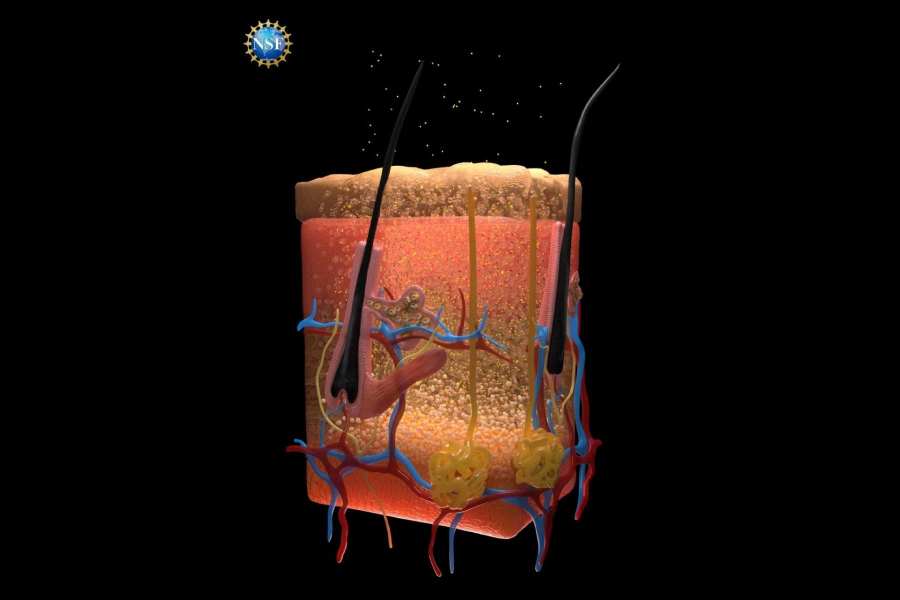Scientists have made the skin on the skulls and abdomens of mice transparent using a common yellow food colouring in landmark experiments that they say could open a new window into the human body.
The researchers at Stanford University in the US announced on Thursday that a mixture of water and the food colour called tartrazine has the effect of reversibly making the skin, muscle and connective tissues transparent in live mice.
Their study describing their experiments was published in the US journal
Science on Friday.
The technique that combines dye chemistry and optics has allowed the researchers to observe blood vessels on the surface of the brain through the transparent skull skin and internal organs and muscle contractions in the digestive tract through the transparent abdomen skin.
“For those who understand the physics behind this, it makes sense, but if you aren’t familiar with it, it looks like a magic trick,” said Zihao Ou, now an assistant professor of physics at the University of Texas, Dallas, and the study’s first author.
The researchers hypothesised that certain molecules have the capacity to induce optical transparency to biological tissues, their theoretical calculations pointing to tartrazine. In preliminary experiments, they observed that tartrazine molecules, when dissolved in water, order themselves in a structure that prevents the scattering of light, resulting in transparency.
After first testing the technique on thin slices of chicken breast, the scientists applied the tartrazine solution on the scalps to observe blood vessels in the brain and on the abdomen to see contractions of the intestine and movement caused by heartbeats and breathing.
The scientists have not tested the technique yet on humans whose skin is about 10 times thicker than that of mice. At this time, Ou said, it is unclear what dosage of the dye would be necessary to penetrate the entire thickness of the human skin.
If the technique also works on human skin, it could make veins more visible for drawing blood, said Guosong Hong, assistant professor of materials science at Stanford University who led the research. Hong also said the technique may help make laser-based tattoo removal easier.
The research began as part of efforts to investigate how microwave radiation interacts with biological tissues. During this process, the scientists noted two key concepts in optics that deal with how atoms and electrons respond within molecules as light passes through them.
Those concepts served as the foundation for theoretical calculations on how dye molecules might interact with biological tissues and lead to temporary optical transparency.











